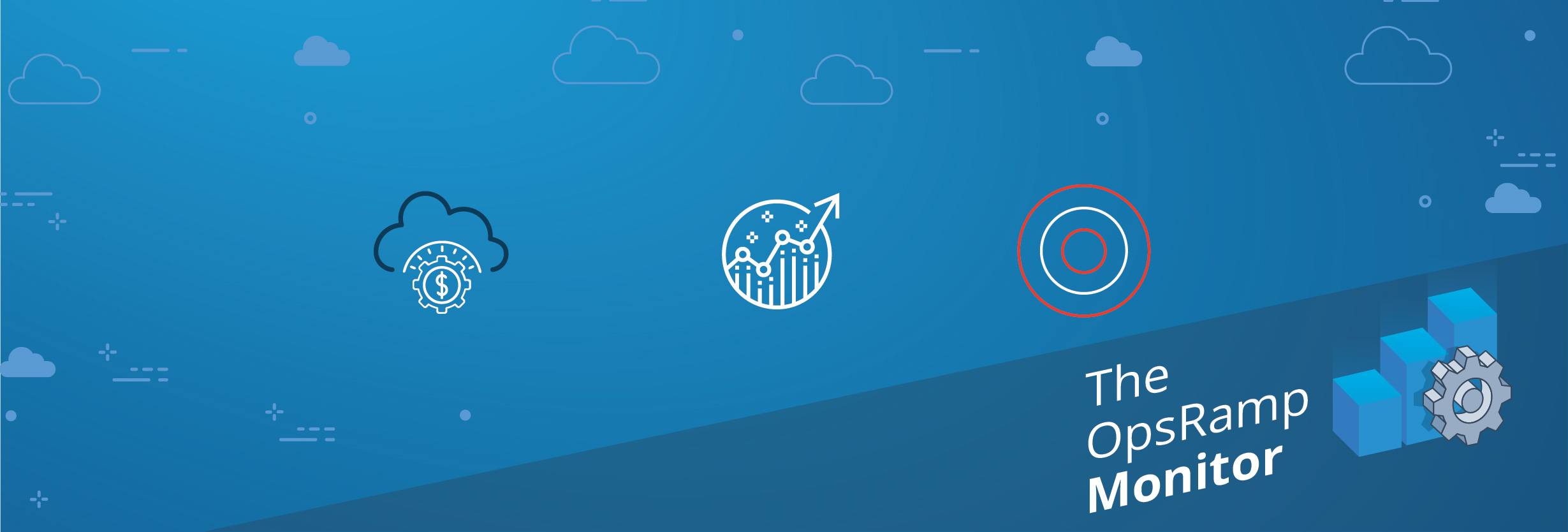“The “Tyranny of the OR” pushes people to believe that things must be either A OR B, but not both...Visionary companies embrace the “Genius of the AND”—the paradoxical view that allows them to pursue both A AND B at the same time.”- Jim Collins and Jerry I. Porras, Built to Last: Successful Habits of Visionary Companies
When it comes to the cloud versus on-premises debate, Chris Gerhardt is a pragmatist. In 2014, Chris was handpicked for the CIO role when Epic Games was launching its online gaming division. Epic needed to fundamentally re-examine its technology stack and selected Chris to lead the IT transformation journey. We share Chris’s decision-making framework for hybrid cloud strategy that he discussed with OpsRamp in our recent webinar in this second post.
The Hybrid Cloud Journey at Epic
Epic’s online division wanted to offer games globally, build a customer base, and work out the right operations and hosting strategy. The inability to forecast demand for online games led Epic to sign long term hosting contracts with public cloud providers. With incomplete information, the online division was biased towards investing in public cloud services as opposed to building private clouds.
In corporate IT, Epic’s infrastructure is hybrid in nature with a mix of on-premises and cloud applications. IT works with business teams using a classic approach for application analysis. IT teams ask a simple question for each application: “Is this application ready for Software as a Service (SaaS) or not?” If the answer is a Yes, corporate IT works with the business to migrate from on-premises to SaaS. Legacy applications with security and regulatory data concerns and applications with no mature SaaS substitutes continue to be maintained on-premises.
Why Cloud Strategy Is a Moving Target
For the online division, Epic’s IT team has to meet hard financial targets for hosting costs. Targets are not based on adding up all the costs for delivering a service but on the division's revenue goals. A secondary metric that IT has to meet is delivering the best possible user experience for online gamers.
“On the IT strategy side, it really all comes down to price, performance, operational flexibility, and user experience. That’s what you are trying to optimize and enterprises should use whatever tools that make sense.” - Chris Gerhardt
The price for renting cloud services versus buying your own gear depends on your business model. Buying your own gear is a problem when you lack demand or revenue information. Epic covered the risk of unknowns by adopting cloud delivery for online gaming. Once these unknowns become knowns, Epic can perform a nuanced cost analysis for different workloads.
Embrace the “Genius of the And”
For Chris Gerhardt, hybrid cloud adoption is an “and” not an “or”. From a strategic perspective, Epic leans heavily on public clouds for new products with variable demand. As business gains a better understanding, IT can analyze workload patterns and perform a bottom line exercise to optimize cost by adopting private clouds.
“Over the long run, some options will certainly go way. Video didn’t kill radio. You still have the old technology mediums out there but they are used for different purposes.” - Chris Gerhardt
For the foreseeable future, enterprises will use a mix of public cloud, private cloud, and on-premises. IT teams will have to do an objective analysis of what’s the least risk for a particular workload, the cost for performance, understand the quality of service, and then determine the best place to host.





